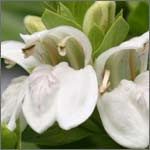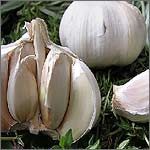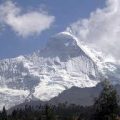Indigenous medicine comprises medical knowledge systems that developed over generations within various pre-columbian societies before the era of modern medicine.
Indigenous medicine is generally transmitted orally through a community, family and individuals until «collected». Within a given culture, elements of indigenous medicine knowledge may be diffusely known by many, or may be gathered and applied by those in a specific role of healer such as a shaman or midwife. Three factors legitimize the role of the healer – their own beliefs, the success of their actions and the beliefs of the community. When the claims of indigenous medicine become rejected by a culture, generally three types of adherents still use it – those born and socialized in it who become permanent believers, temporary believers who turn to it in crisis times, and those who only believe in specific aspects, not in all of it.
Elements in a specific culture are not necessarily integrated into a coherent system, and may be contradictory. In the Caribbean, indigenous remedies fall into several classes: certain well-known European medicinal herbs introduced by the early Spaniard colonists that are still commonly cultivated; indigenous wild and cultivated plants, the uses of which have been adopted from the Amerindians; and ornamental or other plants of relatively recent introduction for which curative uses have been invented without any historical basis.





